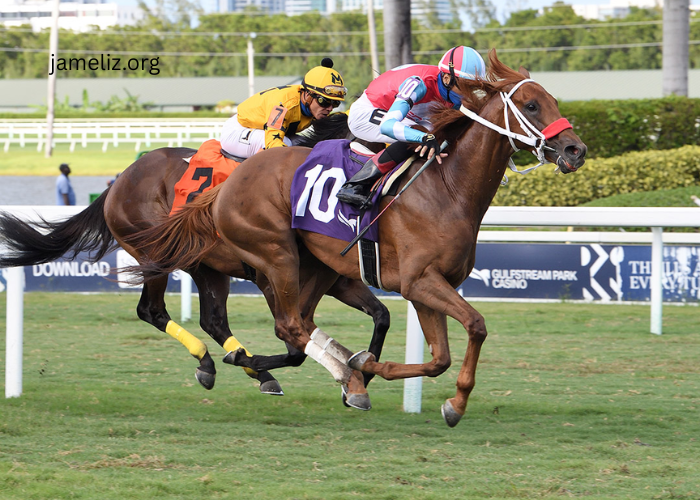Turf racing is a sport that combines speed, strategy, and precision, but one factor can dramatically influence the outcome of any race: the condition of the turf. Unlike dirt or synthetic tracks, grass surfaces are affected by weather, maintenance, and natural wear, making each race unique. Understanding how turf conditions impact horse performance, jockey strategy, and race results is essential for fans, bettors, and professionals alike. In this article, we explore the various types of turf in bouvierturf conditions, how they affect races, and why they are crucial in determining outcomes.
Types of Turf Conditions
Turf conditions are often described using terms like firm, good, yielding, soft, and heavy. Each condition reflects the grass’s firmness, moisture level, and resilience under pressure. Firm turf is dry and fast, ideal for horses with explosive speed. Good turf offers a balance between firmness and softness, accommodating both speed and stamina. Yielding and soft conditions indicate moisture in the ground, which can slow down the pace and favor horses with endurance. Heavy turf is saturated and can be physically demanding, often changing the dynamic of a race entirely.
Race organizers and track officials regularly monitor turf conditions to ensure safety and fairness. Weather conditions such as rain, heat, or frost can alter the surface within hours, requiring jockeys and trainers to adjust their strategies. Understanding these variations is crucial for anyone seeking to predict race outcomes or evaluate horse performance accurately.
How Turf Conditions Affect Horses
Different horses perform better on certain turf conditions due to physical characteristics, training, and past experience. Some horses excel on firm surfaces where speed is paramount, while others thrive on soft or yielding turf that tests stamina and resilience. A horse with long, powerful strides may gain an advantage on firm ground, whereas a horse with strong endurance and balance may perform better on softer tracks.
In addition, turf conditions influence how horses handle turns, maintain balance, and conserve energy throughout a race. Horses must adapt to variations in traction, which can affect acceleration and maneuverability. Trainers often select races based on a horse’s proven ability to perform under specific turf conditions, emphasizing the importance of preparation and adaptability.
Impact on Jockey Strategy
Jockeys must adjust their tactics according to chantcourse turf conditions. On firm turf, jockeys may push horses to the front early, taking advantage of the fast surface to establish position. On soft or yielding turf, conserving energy becomes critical, as the ground can tire horses more quickly. Timing the final sprint, positioning within the pack, and navigating turns require careful judgment based on the turf’s state.
Successful jockeys study past races on similar turf conditions and pay close attention to pre-race inspections. Their decisions can directly influence the outcome, making the understanding of turf condition as important as knowing the horse’s capabilities.
Influence on Race Pace
Turf conditions can dramatically affect the pace of a race. Firm tracks typically produce faster early fractions, leading to a quick and intense race. Soft or heavy turf can slow down the overall pace, often favoring horses that excel in long stretches or can handle slower tempos. The same horse may perform differently depending on the turf condition, even in races of similar distance and competition. This variability adds complexity for spectators and bettors, highlighting the unpredictable nature of turf racing.
Betting Considerations
For bettors, turf conditions are a critical factor in evaluating potential outcomes. Past performance on similar turf, adaptability to changing conditions, and jockey strategy all influence a horse’s chances. A horse that consistently performs well on soft turf may be a strong contender in wet conditions, while a front-runner may struggle if the track is slow. Understanding how turf affects pace and performance helps bettors make more informed decisions and adds depth to the analysis of each race.
Famous Races Affected by Turf Conditions
Several high-profile turf races have been significantly influenced by conditions, creating unforgettable outcomes. For example, sudden rain can transform a race that was expected to favor speed-oriented horses into a test of stamina and endurance. These unpredictable moments often produce surprises and upsets, reminding fans that turf racing is as much about the environment as it is about the horses and jockeys. Prestigious races such as Royal Ascot, the Melbourne Cup, and the Prix de l’Arc de Triomphe have all demonstrated how turf conditions can change the story of a race, elevating its excitement and drama.
Preparing for Turf Variability
Trainers and owners often prepare for bordeaucourse turf variability by analyzing weather forecasts, inspecting tracks, and selecting races that match their horse’s strengths. Horses may be trained on multiple turf conditions to develop adaptability, ensuring they can perform under diverse scenarios. Pre-race observation of the track, including grass height, moisture levels, and firmness, allows teams to make informed decisions about tactics, shoeing, and positioning.
Fans can also benefit from understanding these preparations, gaining insight into why certain horses may perform better under specific conditions. Recognizing the interaction between horse, jockey, and turf adds a layer of depth to the spectator experience.
Final Thoughts
Turf conditions play a pivotal role in determining the outcome of races, influencing everything from horse performance and jockey strategy to race pace and betting potential. Understanding the nuances of firm, good, yielding, soft, and heavy turf provides valuable insight for fans, bettors, and professionals alike. Each race is shaped by the interplay of natural factors, preparation, and skill, making turf racing a sport full of surprises and excitement. By appreciating the impact of turf conditions, spectators can enjoy the sport on a deeper level, witnessing not only the thrill of competition but also the remarkable adaptability and strategy that make turf racing truly captivating.

